Cancer Prevention: Cervical Screening Explained
Written by Rhianne Kiley, BSc, MSc
Medically reviewed and edited by Dr Said Qabbaah, MBBS, MBA
Scientifically reviewed by Dr Angela Pine, BSc, MSc, PhD1
What is cervical screening?
Cervical screening, formerly known as the ‘smear test’, is used to look for high-risk human papillomavirus (hr-HPV) in the cells lining the cervix.1 HPV accounts for 99.8% of cervical cancers, so routine screening is essential for the prevention of cervical cancer.
Being invited for your cervical screening and making an appointment
The first step of cervical screening is getting invited.2 This will take place up to 6 months before you turn 25, every 3 years from age 25 to 49, and every 5 years from age 50 to 64,3 with varying intervals according to the region within the UK. Only if a recent test was abnormal will you be invited from 65 onwards. Once invited, you will then need to book an appointment via your GP.
The procedure
Taking a sample during cervical screening is performed by a healthcare professional such as a nurse or GP. A smooth tube, called a speculum, will first be inserted into your vagina so the cervix can be seen. Then, a small brush will be placed at the surface of your cervix, where a few cells will be taken. The sample will then be placed into a specimen pot, where it will be sent to a lab to be tested.
What do the results mean?
You will receive a letter in the post with your cervical screening results, usually up to 4 weeks later. However, the wait times may vary if there is a high volume of cervical screening tests to be processed in the lab. The following are the different possible outcomes of the diagnostic test.4
HPV-negative result – this means that HPV was not found in your sample and that your risk of getting cervical cancer is very low. You do not need to do anything further at this stage and will be invited for routine screening again in 3 or 5 years.
HPV-positive result – your letter will give details on what you need to do if HPV is found in your sample. This may include being invited for another screening test in 1 year, or having another test to further examine your cervix (a coloscopy). There are two different kinds of HPV-positive results, these include:
- HPV positive but no abnormal cell changes: This is when you will be invited again for another smear test after 1 year.
- HPV positive with abnormal cell changes: This is where you will be invited for a colposcopy.
Access to cervical screening
It is well-known that scheduling a cervical screening appointment can be tiresome and inconvenient. In 2022, a GP Patient Survey launched by the NHS revealed that 15% of patients were not able to make an appointment when they wanted to, and of those that could, approximately half were given a time they were not happy with.
Additionally, there has been a sharp drop in patient satisfaction with the ease of making appointments over the phone,5 and the subsequent increase in difficulty to access essential primary care services.
Figure 1 – Patients’ overall experience of accessing primary care services.5
Currently, the waiting times for arranging a GP appointment are far from ideal. Additionally, patients also stated that the scheduled times are usually inconvenient, and often require the need to take significant time off from work or other responsibilities to be able to make the GP visit.
New approach to cervical screening
Currently, at-home self-collection (also called self-sampling) for HPV is being trialed in parts of England where cervical screening uptake remains low.6 This involves providing kits that allow you to take the HPV sample yourself at home, followed by sending it via the post for testing in a lab.
In studies, self-collection has been shown to increase the acceptability and feasibility of testing,7 leading to more women and individuals assigned female at birth (AFAB) worldwide being able to access vital preventative measures, and therefore reducing their chances of developing cervical cancer.
Self-collection also helps address the inconvenience factor involved in traditional cervical screening,8 which could result in an improved overall access to cervical screening.
Self-collection: Persisting barriers
Although self-collection may help address some of the problems associated with traditional cervical screening, significant barriers still remain.
There are several key issues related to the process, including the requirement to still send the self-collected sample by post, reliance on expensive lab testing, and long wait for results. This will lead to unnecessary inconvenience, negative impact on mental wellbeing, and high testing costs.
Furthermore, once this screening approach becomes available, there will be the added problem of effective follow up of results, or the issue that the sample may become mistakenly mixed up with another or even getting lost in the post. This would result in an additional source of concern, causing further negative health effects, both mentally and physically.
Therefore, whilst at-home self-collection will be a step in the right direction, much more needs to be done to effectively address the barriers to cervical screening.
10zyme: Advancing women’s health
We’re developing a groundbreaking self-test with instant results to detect the main cause of cervical cancer: high-risk HPV. Detecting infections early prevents cancer ever developing.
By enabling self-testing, we aim to empower women, overcome stigma and anxiety, and help eliminate a disease killing hundreds of thousands a year globally. See our Education Section to find out more.
Please follow and support us on social media: LinkedIn, Instagram, and TikTok.
References:
- National Health Service (NHS). (2023). What is cervical screening? [Online]. Available at: https://www.nhs.uk/conditions/cervical-screening/what-is-cervical-screening/ (Accessed 10/06/2024)
- Cancer Research UK (CRUK). (2023). About cervical screening. [Online]. Available at: https://www.cancerresearchuk.org/about-cancer/cervical-cancer/getting-diagnosed/screening/about (Accessed 10/06/2024)
- NHS Cervical Screening Programme (NHS CSP). (2022). Cervical screening: programme overview. [Online]. Available at: https://www.gov.uk/guidance/cervical-screening-programme-overview (Accessed 10/06/2024)
- National Health Service (NHS). (2023). Your cervical screening results. [Online]. Available at: https://www.nhs.uk/conditions/cervical-screening/your-results/ (Accessed 12/06/2024)
- National Health Service (NHS) England. (2022). GP Patient Survey 2022. [Online]. Available at: https://www.england.nhs.uk/statistics/2022/07/14/gp-patient-survey-2022/ (Accessed 12/06/2024)
- Mill, C. (2023). HPValidate cervical screening self-sampling study nears completion. UK National Screening Committee (UK NSC). [Online]. Available at: https://nationalscreening.blog.gov.uk/2023/06/21/hpvalidate-cervical-screening-self-sampling-study-nears-completion/ (Accessed 12/06/2024)
- Camara, H., Zhang, Y., Lafferty, L., Vallely, A.J., Guy, R. and Kelly-Hanku, A. (2021). Self-collection for HPV-based cervical screening: a qualitative evidence meta-synthesis. BMC Public Health, 21:1503. doi:10.1186/s12889-021-11554-6
- Madzima, T.R., Vahabi, M. and Lofters, A. (2017). Emerging role of HPV self-sampling in cervical cancer screening for hard-to-reach women. Canadian Family Physician, 63(8): 597–601

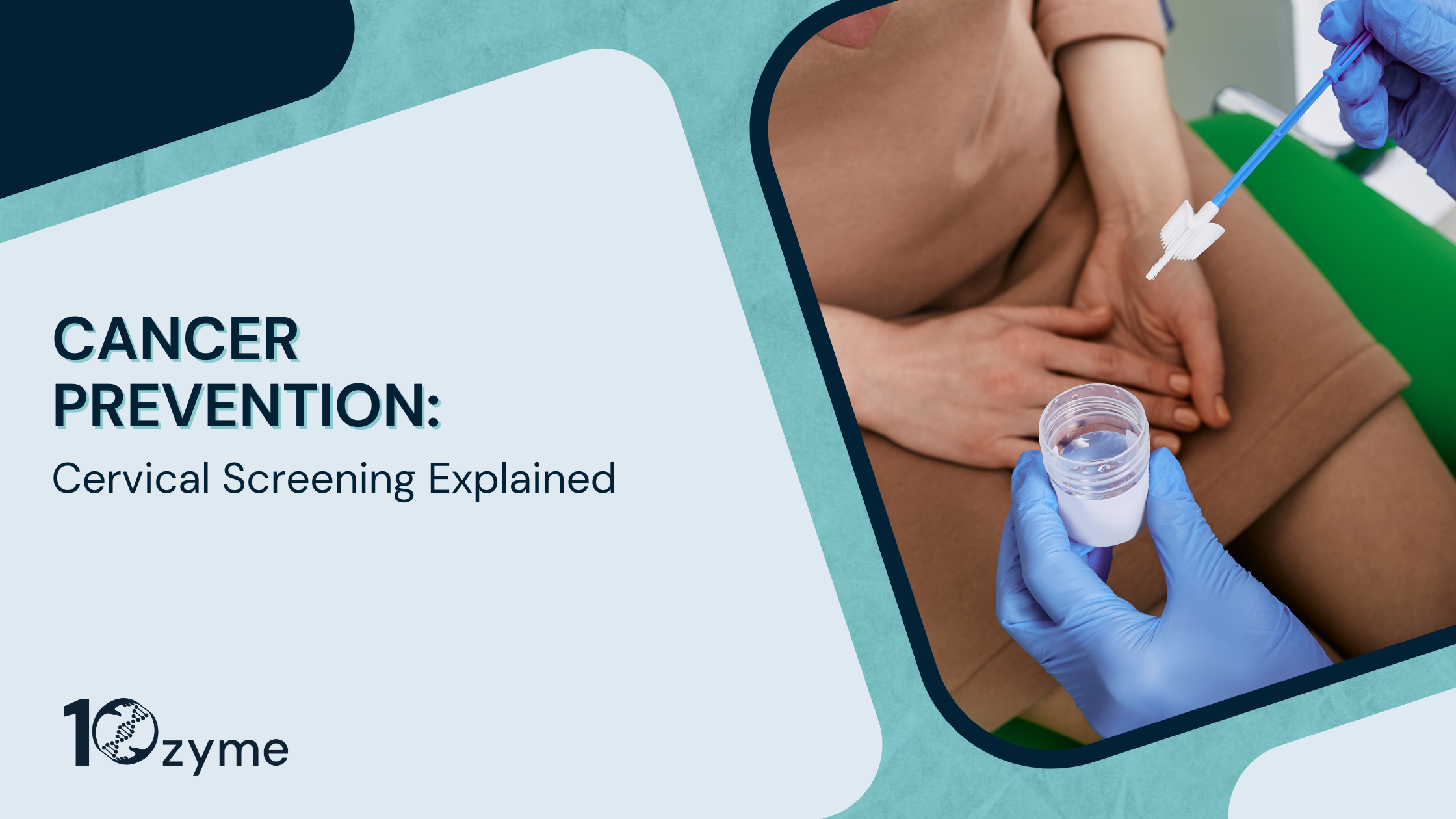
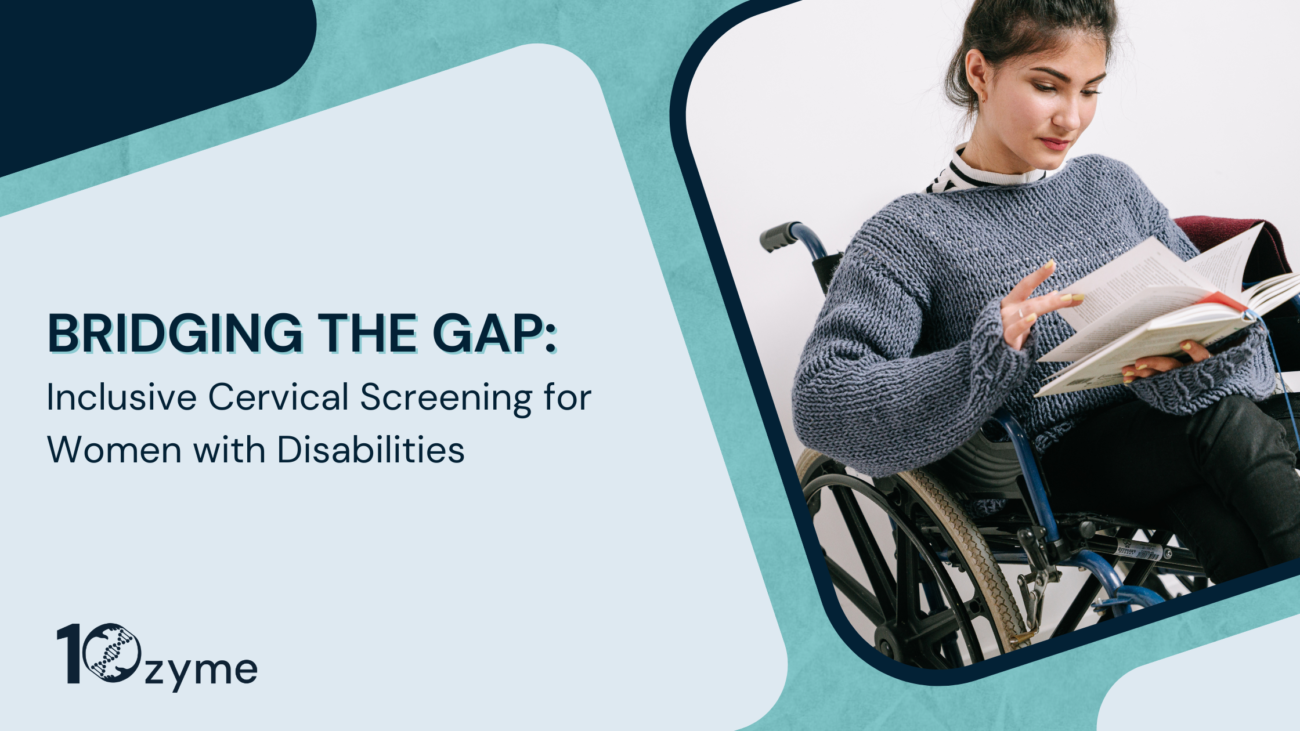


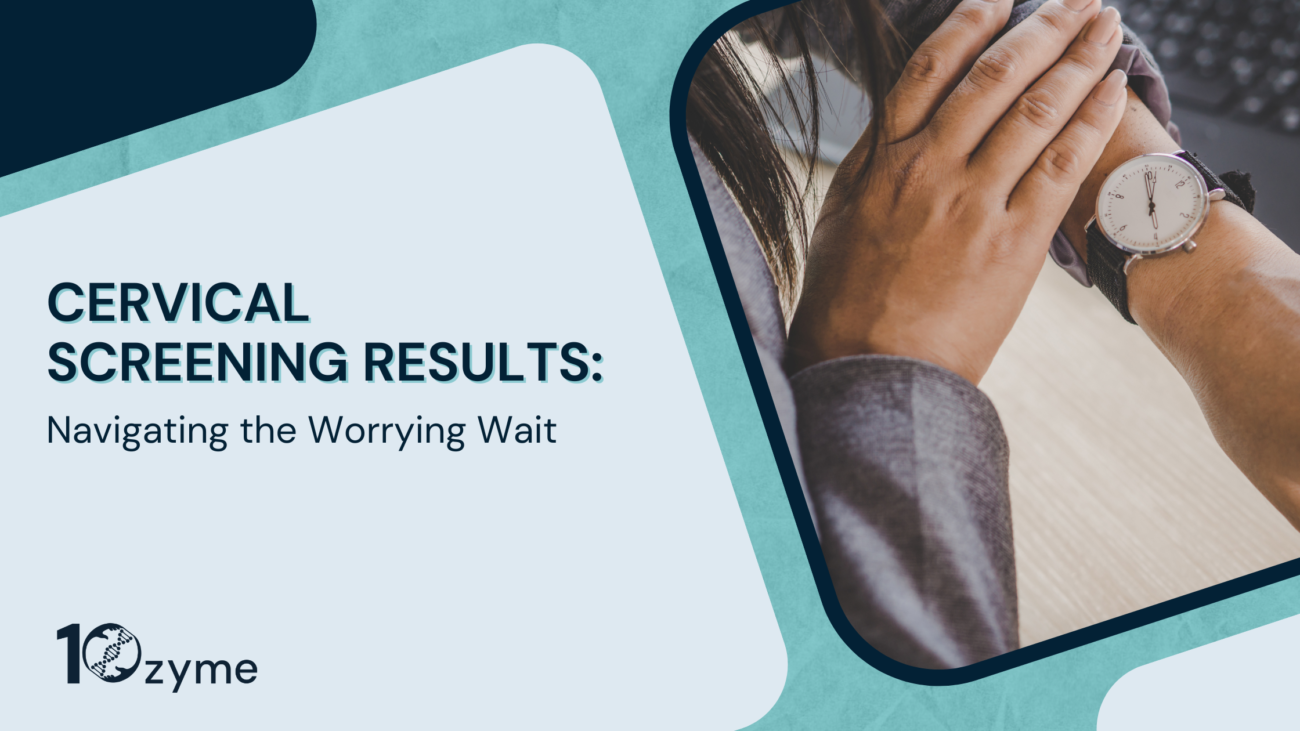
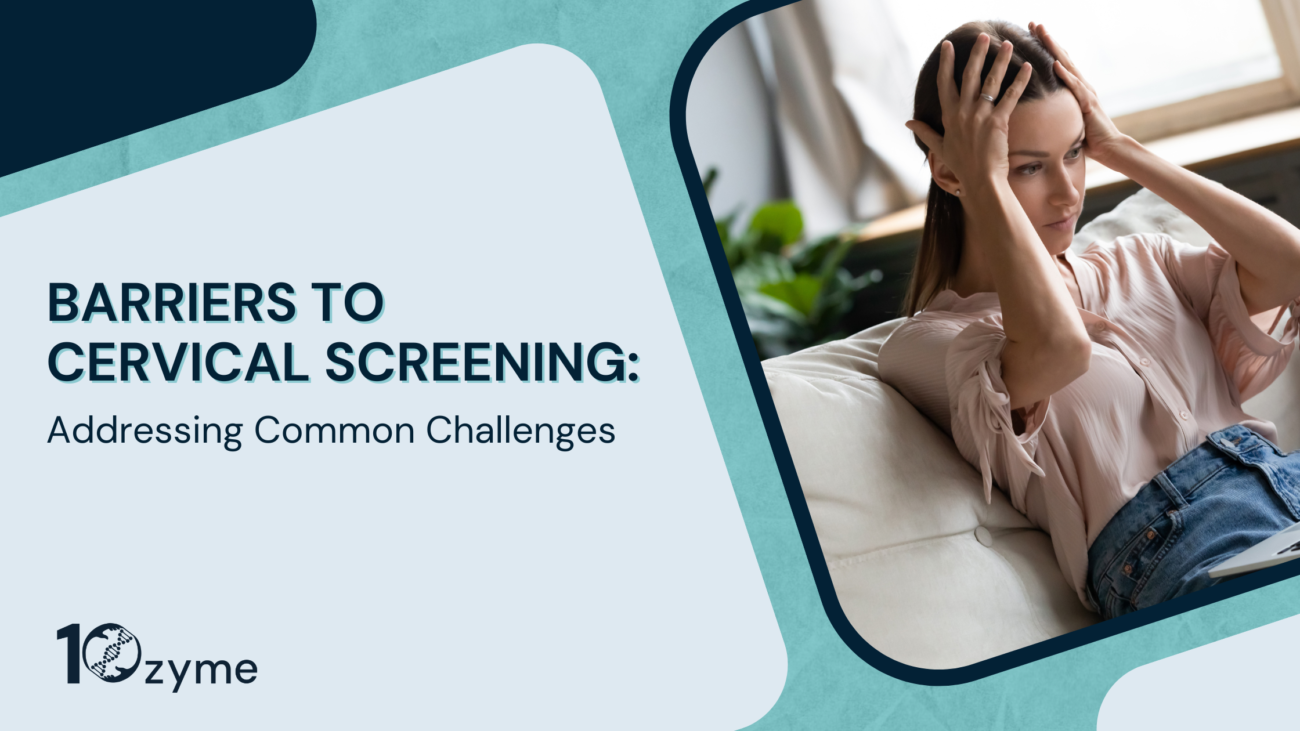
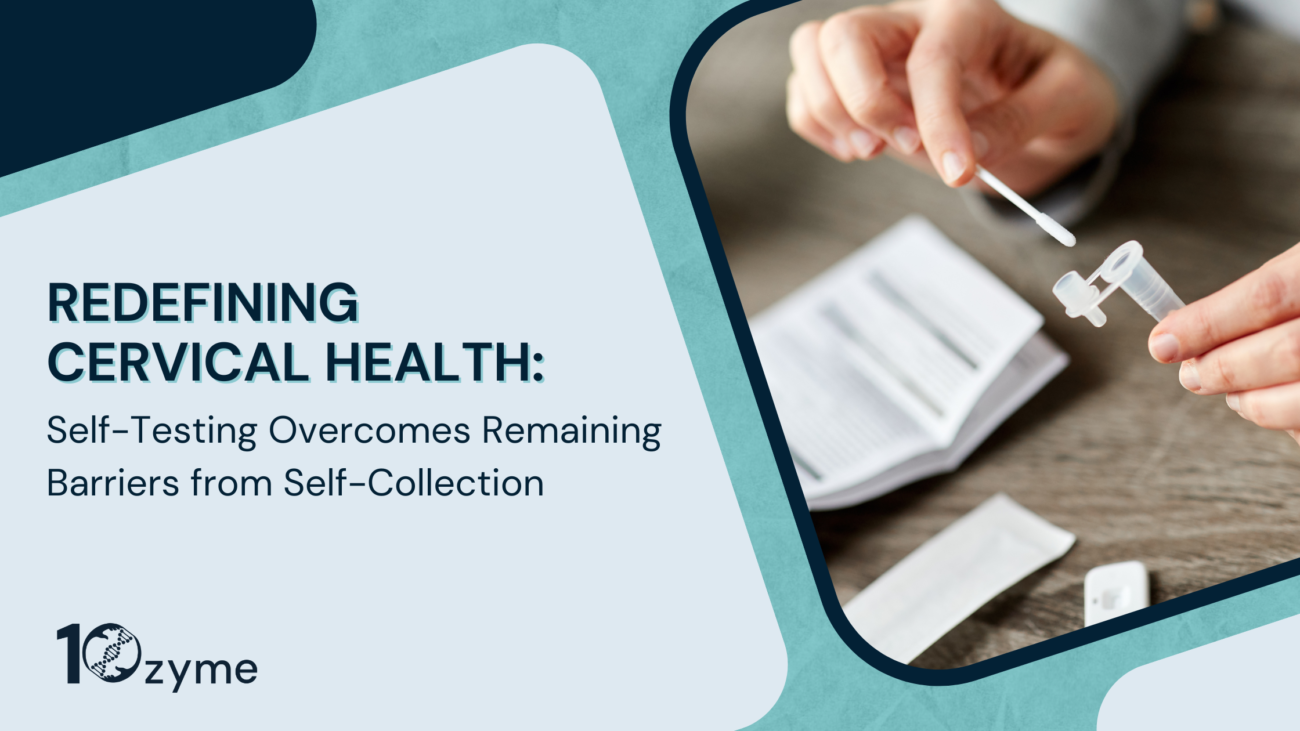
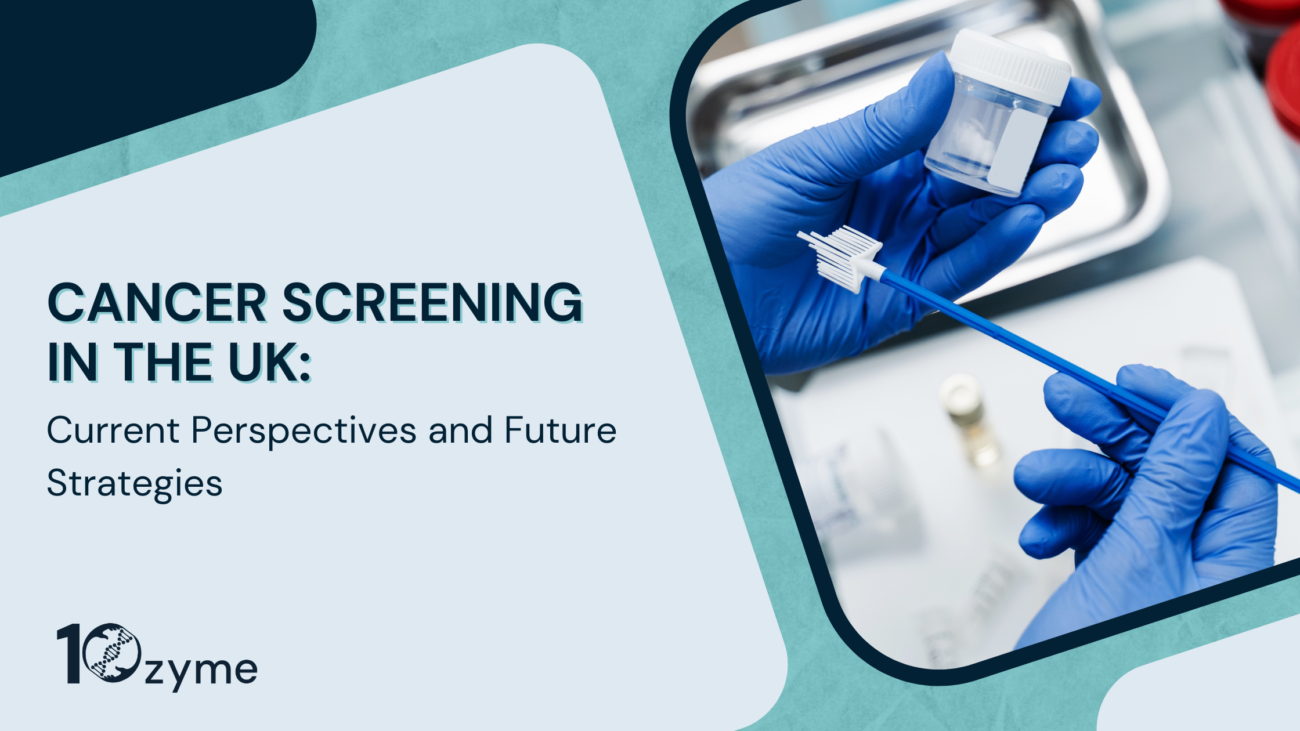
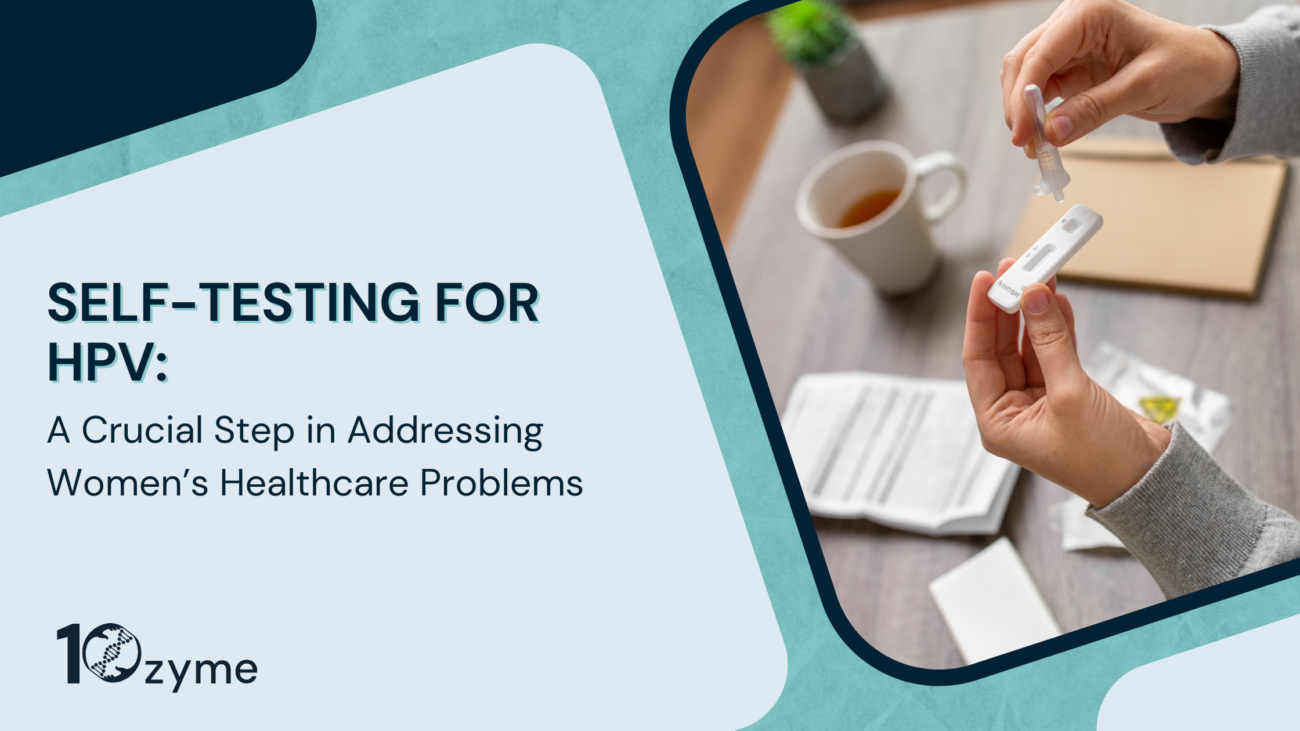
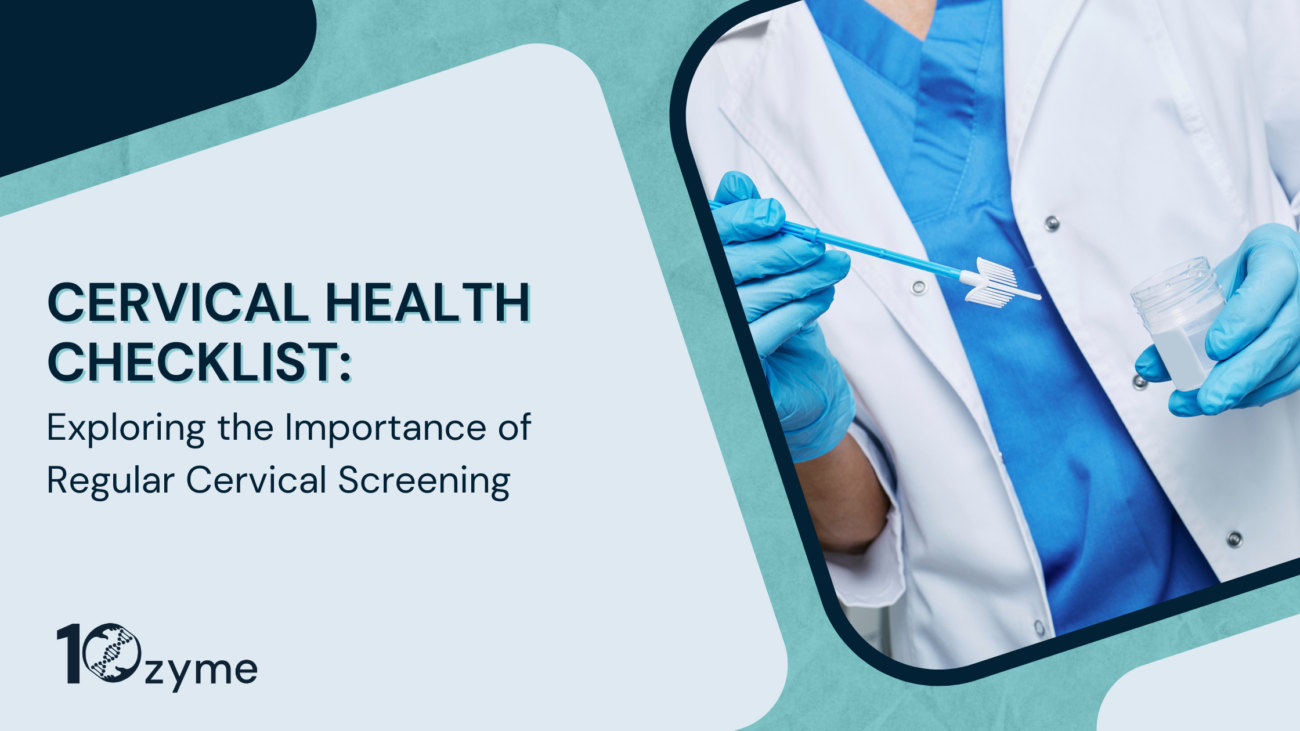
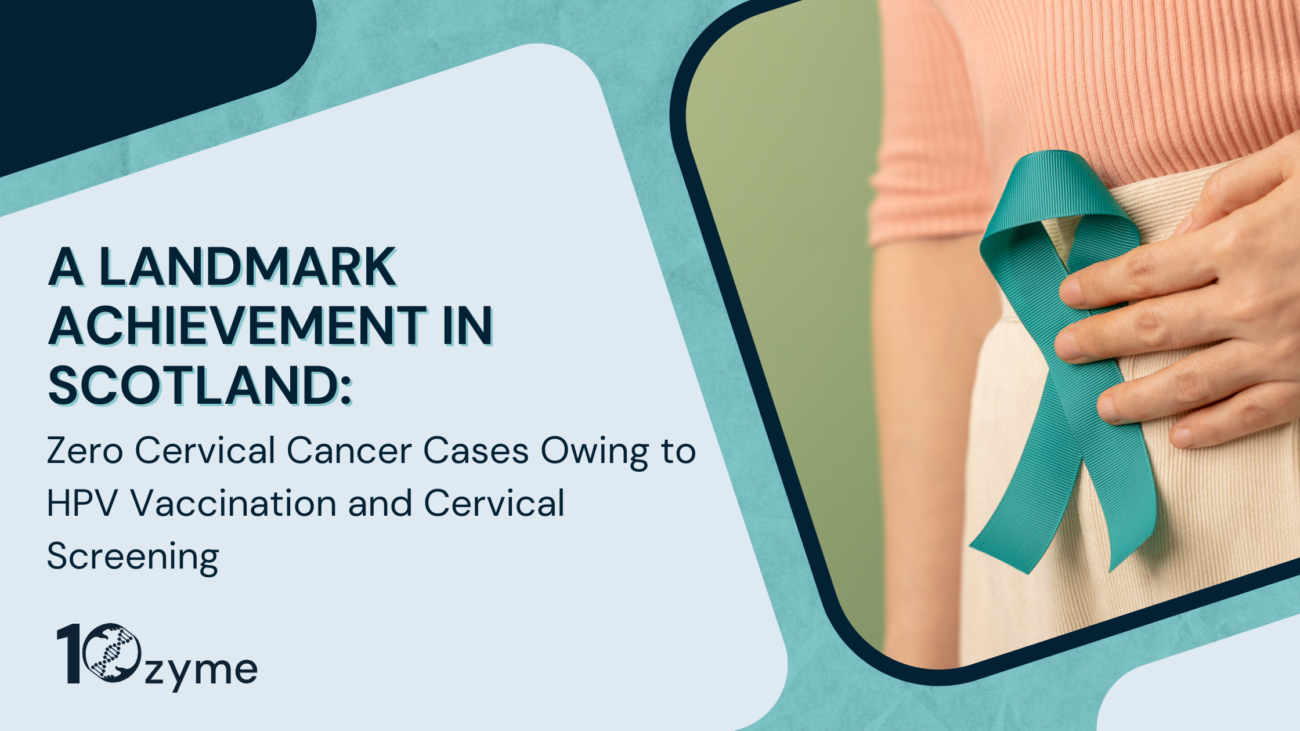
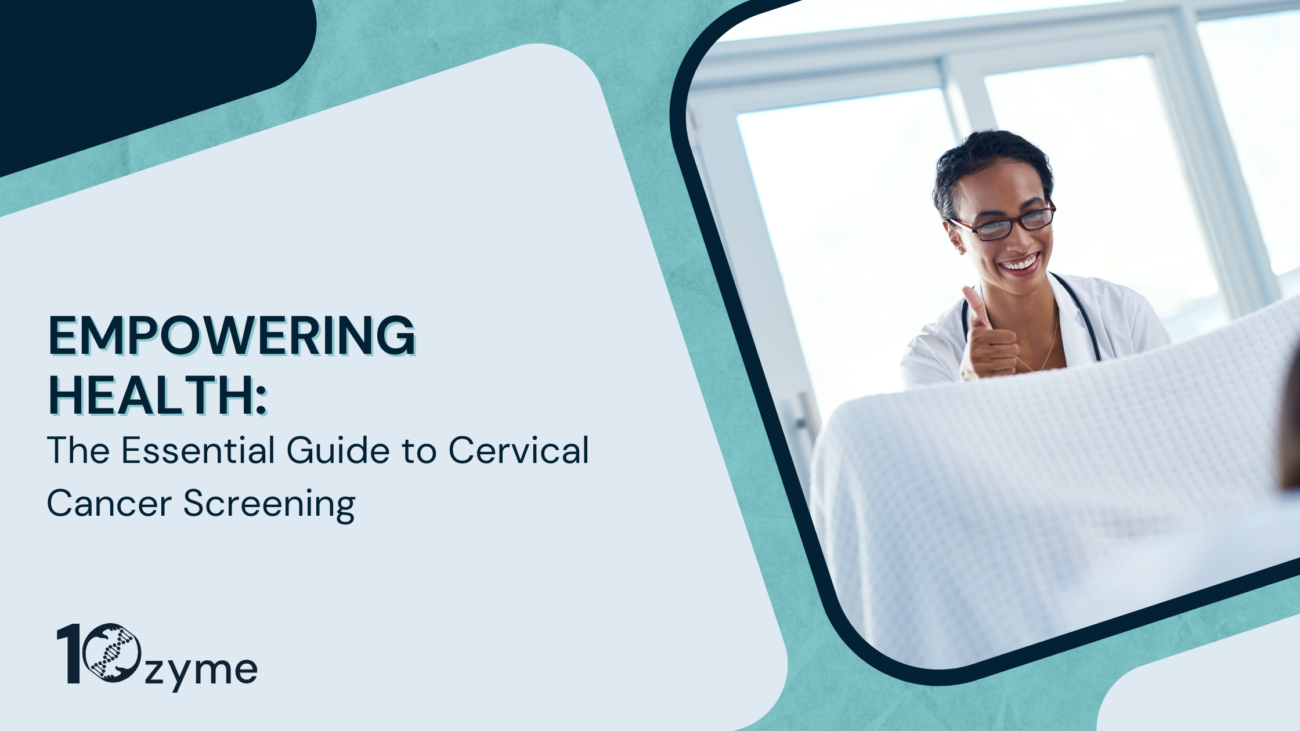
One thought on “Cancer Prevention: Cervical Screening Explained”